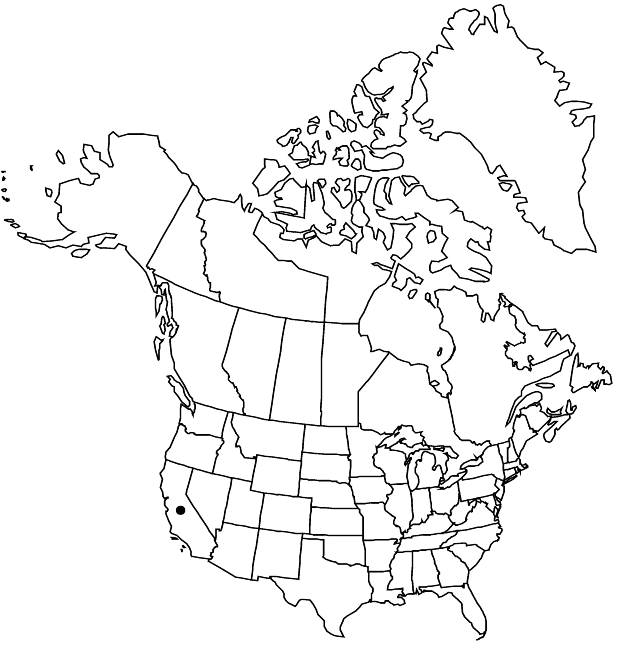Difference between revisions of "Arctostaphylos pumila"
Trans. Amer. Philos. Soc., n. s. 8: 266. 1842 ,.
FNA>Volume Importer |
FNA>Volume Importer |
(No difference)
| |
Revision as of 23:04, 16 December 2019
Shrubs, prostrate or mound-forming, 0.1–1 m; burl absent; twigs short gray-hairy. Leaves bifacial in stomatal distribution; petiole 2–3 mm; blade dull gray abaxially, dark green, ± shiny adaxially, narrowly obovate to oblanceolate, (convex), 1–2 × 0.5–1.5 cm, base cuneate, margins (tinged with red), entire, ± cupped, abaxial surface smooth, densely gray-tomentose, adaxial surface smooth, sparsely puberulent. Inflorescences racemes, simple or 1-branched; immature inflorescence pendent, axis 0.3–0.5 cm, 1+ mm diam., short gray-hairy; bracts not appressed, scalelike (proximalmost leaflike), lanceolate or oblanceolate, 2–3 mm, apex acute to mucronate, surfaces hairy or glabrous. Pedicels 3–4 mm, hairy. Flowers: corolla white, urceolate; ovary white-hairy or ± glabrous. Fruits globose, 5–6 mm diam., sparsely hairy or glabrous. Stones distinct. 2n = 26.
Phenology: Flowering winter–early spring.
Habitat: Sand dunes, maritime chaparral, open, closed-cone conifer forests
Elevation: 0-300 m
Discussion
Of conservation concern.
Arctostaphylos pumila is known from the southern Monterey Bay region, Monterey County.
Selected References
None.
